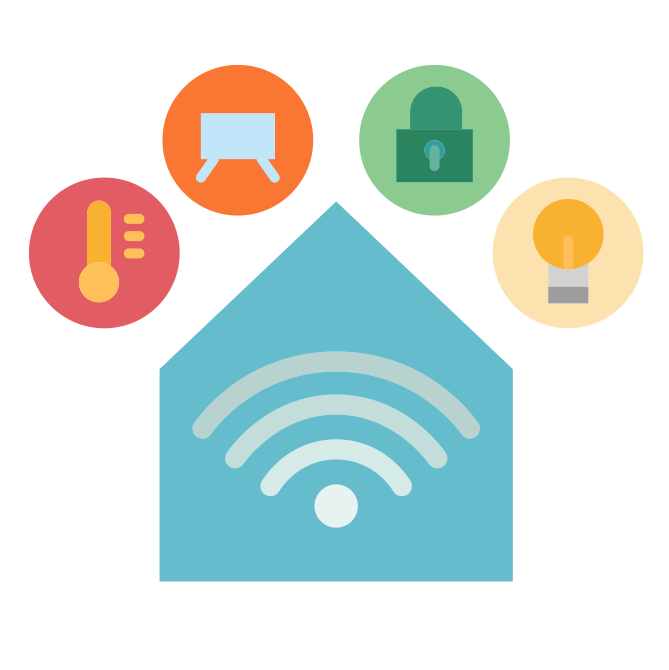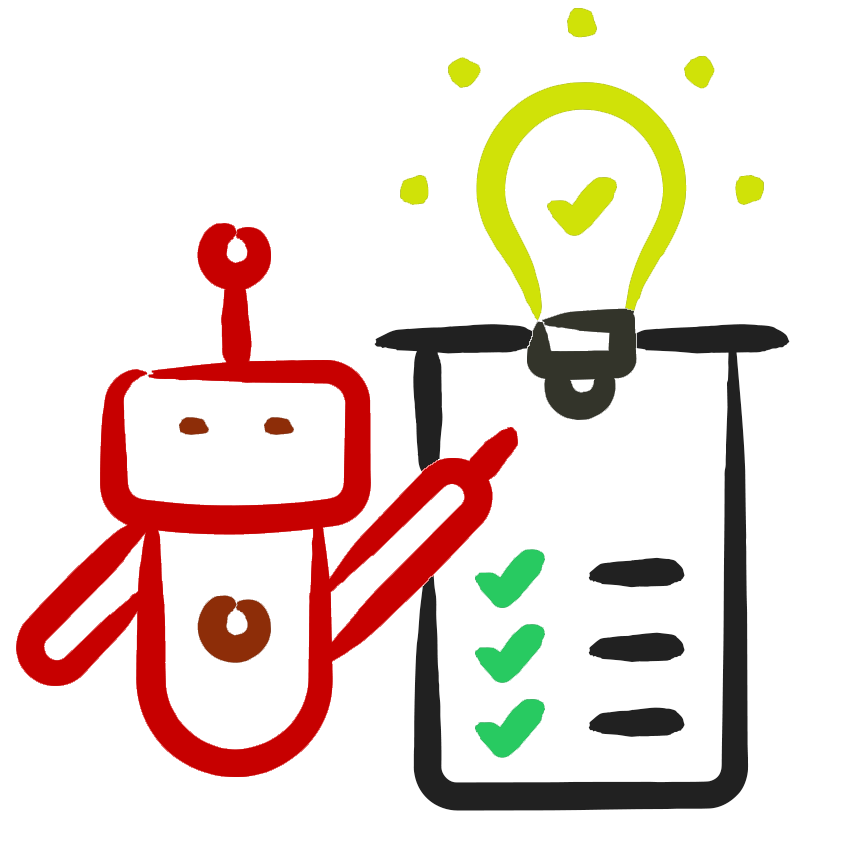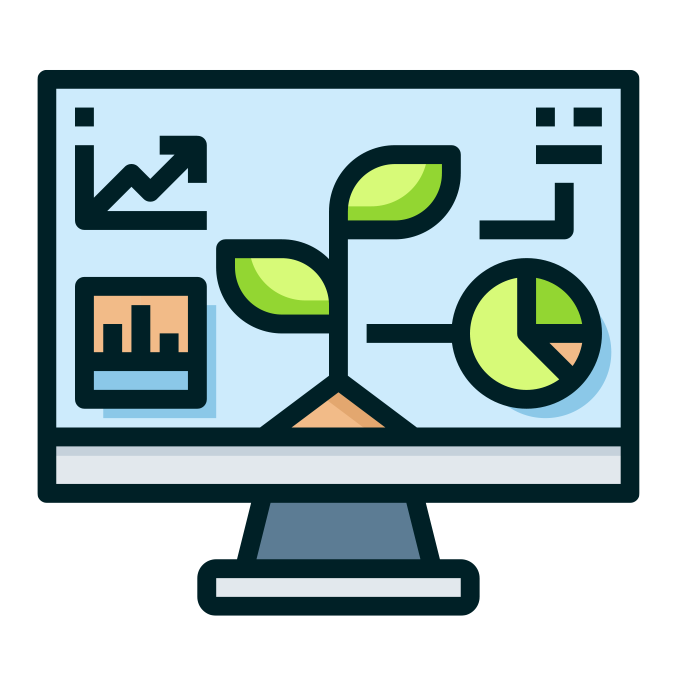Environmental Computational Science
Our team is dedicated to providing cutting-edge, integrated solutions and ecosystem services for the sustainable management of natural resources, environmental conservation, and food security. The primary aim is to generate ready-to-analyze data for various environmental metrics that support sustainable development at local, regional, and global levels. To achieve this, and taking advantage of the new era of Earth Observation satellites that provide vast amounts of open and freely accessible data, we offer a robust digital infrastructure for automating the processes of data acquisition, storage, management, and analysis. Our digital pipeline utilizes readily accessible geospatial data from a range of sensors (such as hyperspectral, multispectral, and radar) and, in combination with advanced modeling methods and physics-based models, adopts a hybrid approach to deliver high-resolution ecosystem services tailored to user needs.




